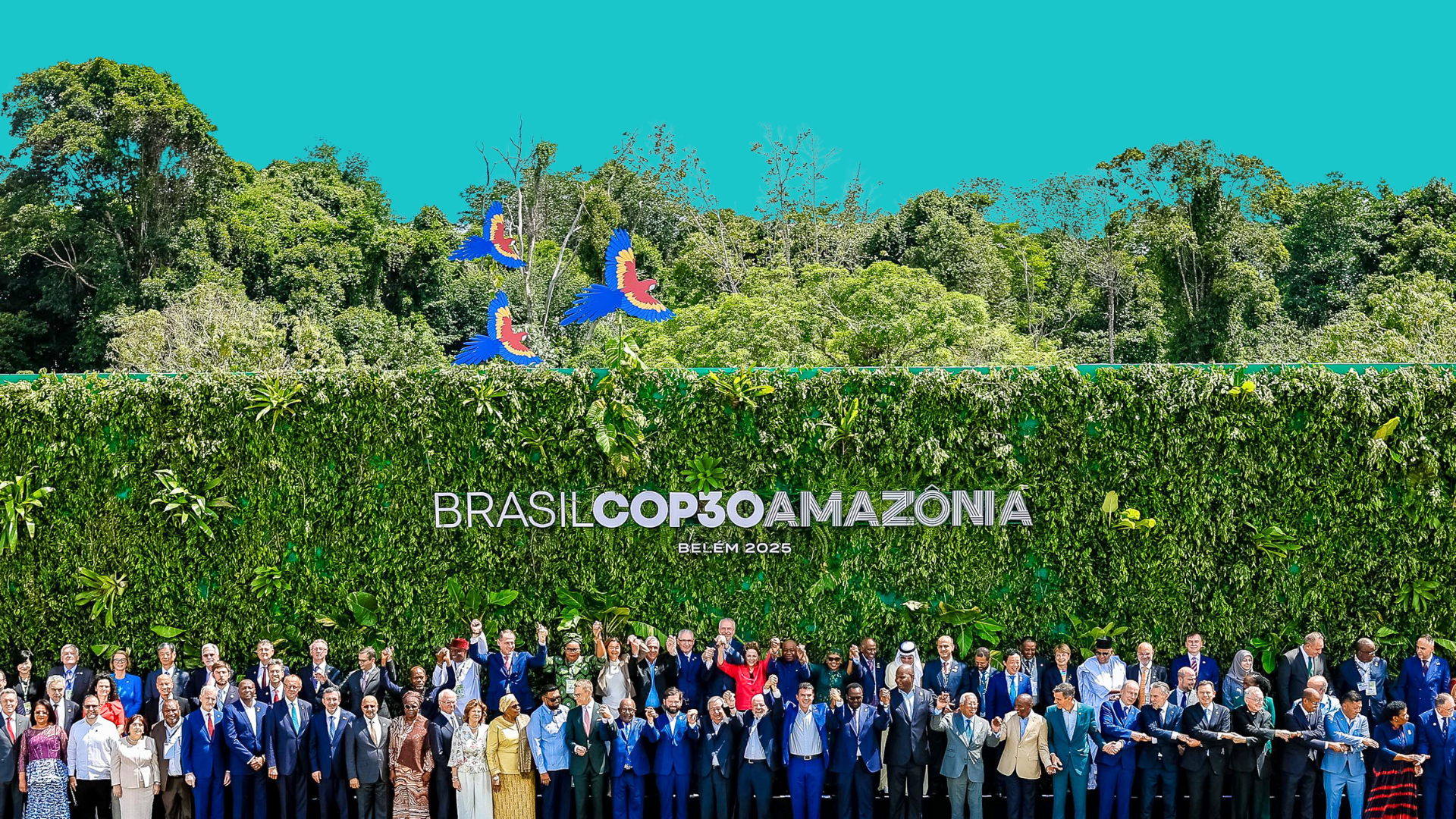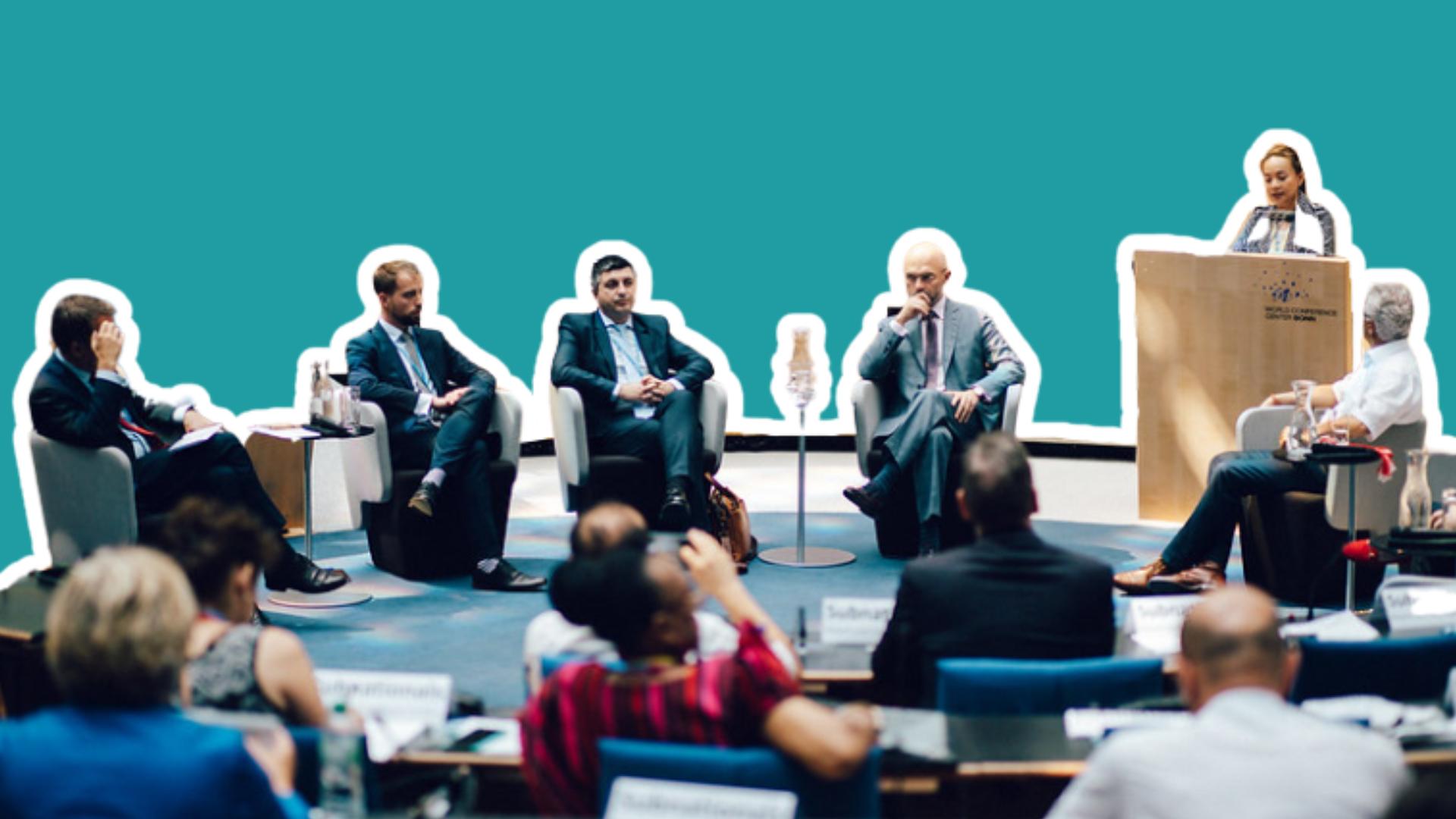Current protection efforts, based largely on carbon markets, voluntary sustainability standards, and other mechanisms, have made some progress, yet levels of deforestation remain disastrously high. At COP30, the Brazilian COP Presidency launched a potentially game-changing new funding lever aimed directly at turning the tide on deforestation. Let’s take a closer look at the Tropical Forest Forever Facility – what it is, where it stands, and what might determine whether or not it succeeds.
What is the Tropical Forest Forever Facility?
The Tropical Forest Forever Facility (TFFF) aims to provide funding that would make it more economical for countries to protect tropical forests rather than clear them. The TFFF estimates that it could permanently protect about one billion hectares across 70 countries. That’s about the size of Canada.
TFFF includes an investment fund with a target of US$125 billion, with one-fifth of that amount coming from countries and the rest from institutional investors. Investment returns will be used for a fixed payment to countries per hectare of protected forest, adjusted for inflation. Countries (and thus landowners) may get lower payments in years with lower investment returns, with make-up payments in better years.
Where does it stand now?
Brazil’s President Luiz Inácio Lula da Silva officially launched the TFFF earlier this month in Belém, Brazil, at the start of COP30, which is the 30th annual meeting where official representatives of (nearly) all countries discuss shared goals and approaches for stopping climate change. The TFFF has been under development since the Brazilian government proposed the idea at COP28 in Dubai two years ago.
At the end of COP30, US$6.7 billion was pledged from Brazil, Indonesia, Norway, France, Portugal, the Netherlands, and Germany, and is endorsed by 53 countries. In addition to the funding falling well short of expectations, questions remain around the legal, operational, and financial mechanisms that will underpin the facility.
Despite these outstanding issues, the TFFF still holds tremendous promise. Let’s turn now to the impact the facility could have – and what would make it even stronger.
Why does the TFFF matter?
- TFFF will be the largest source of funding ever for tropical forest conservation. Current funding for tropical forest conservation is less than US$6 billion per year, and relies heavily on grants (38%) and loans (15%). In many of the 70 eligible countries, the target annual funds will increase conservation funding several-fold above the country’s entire annual conservation budget.
- Curbs overall deforestation. Eligible countries are required to have a deforestation rate of less than 0.5% per year. This limits “leakage” that can occur when protection through legal and voluntary mechanisms leads to clearing in other places. Deforestation and degradation reduce the funding a country receives from the TFFF.
- Designed by the Global South for the Global South. Led by Brazil, the TFFF was designed with Indonesia, the Democratic Republic of the Congo, Ghana, Malaysia, and Colombia, as well as with higher-income countries and the “valuable contributions of Indigenous Peoples and local communities.” This puts the decision-making in the hands of tropical countries rather than high-income countries in the North, defining what is needed and how programs should be designed and implemented.
- At least 20% of the funding is earmarked for Indigenous Peoples and local communities. Indigenous Peoples are the original stewards of the land, yet often lack a voice in land conservation. Land tenure security ensures sovereignty for Indigenous Peoples. Plus, research shows that Indigenous Peoples’ lands have lower rates of deforestation and similar – or higher – biodiversity than other protected areas. Similarly, land tenure security for local communities is linked to increased income, food security, and higher-quality natural habitat.
- It’s measurable. Area-based measures can be monitored using satellite imagery. Current tools, such as Global Forest Watch, already provide weekly alerts on possible deforestation and annual maps at higher resolution.
- The fund is designed to be additive. Therefore, the TFFF is not replacing existing funding for climate mitigation and adaptation.
How could the TFFF be improved?
- How forests are defined is the biggest flaw in the TFFF – for biodiversity, people, and climate. The TFFF defines forests as areas with more than 20% canopy cover. Tropical forests typically have more than 80% canopy cover. Setting such a low threshold creates incentives to clear or degrade much of the forest before protecting the area through the fund. Instead, there should be a premium for protecting areas with high ecological integrity, which provide more diverse habitat, support more species, maintain the natural processes that sustain the ecosystem, and provide more ecosystem services, such as reduced flooding, cleaner water, diverse foods, and carbon storage.
- The strength of area-based monitoring is also a weakness. The landscape patterns of a forest matter. In general, bigger blocks of forest are more diverse than smaller ones. Connected forests are generally more diverse than isolated areas, allowing species to move more easily among forest blocks. Landscape patterns can be measured, but “good” landscape patterns are difficult to define. General guidelines should be established to determine which areas are more connected and should therefore be priorities for funding by the TFFF.
- The proposed administration could lead to conflicts. The World Bank will likely administer the TFFF and distribute funds to countries. Although there is movement toward more integrated planning and funding for projects across a country, in practice, World Bank-funded projects focused on human and environmental well-being typically occur in isolation, which can lead to conflicts among goals for improving people’s lives, protecting nature, and mitigating climate change. Further, country-level decisions will need to be made in consultation with provincial governments to define priorities for protection and implementation.
- Payments per hectare are too low for most countries. The payments per hectare will need to vary widely across countries. The estimated annual payment of US$4 per hectare is far too low in many countries to adequately incentivize private landowners. Clearing forested land for cattle grazing or soybean farming is worth hundreds of dollars per hectare each year. How will this gap be filled if private landowners are to play an active role? Or will the forests all be protected reserves managed by federal and local governments? Such low payments could lead to a focus on forest protection in remote areas at the lowest risk of deforestation. To limit deforestation to less than 0.5% per year, protection needs to happen in the frontier, not just remote areas.
- The deforestation rate threshold is biased toward larger countries. One million hectares of forest is a much smaller percentage of total forest cover in Brazil or Indonesia than in Ghana or Rwanda. For biodiversity conservation, protected areas need to be distributed across all tropical forests, not only concentrated in the largest countries.
- Target action to be most effective. Regardless of funding levels, a few key guidelines will increase TFFF’s impact. First, the order of priorities for action is: protect high-quality forests that have never been cut, protect or restore high-quality forests that were previously cleared or degraded, and then restore degraded forests. This order of priorities will yield the greatest benefits for climate and nature and provide the most ecosystem services for people. Second, these actions need to be targeted in particular places. In general, the greatest climate and ecological benefits will occur by targeting areas that expand, buffer, or connect existing high-quality areas. Third, to represent diversity across tropical forests, priorities should be set within large regions (the Americas, Africa, and Asia) and countries. Tools like the Drawdown Explorer can help identify where tropical forest protection and restoration will have the highest impact.
What comes next for the TFFF?
Secure the funding. The pledged US$6.5 billion is far below the target US$25 billion for launching the TFFF. The current level will accomplish little, as the annual payments per hectare of forest would be 96% lower than the projected amount in a fully operational program. The TFFF will need to meet the US$25 billion threshold quickly to be considered lower risk for private investors.
Ensure funding is additive. The TFFF is designed to be additive, yet there is no mechanism to ensure that happens. Relatedly, mitigation funding and loss and damage funding are grossly underfunded. Most countries are already not contributing the needed or pledged amounts for mitigation or loss and damage, which could make it less likely that additional funding for the TFFF will materialize.
Operationalize the TFFF. The TFFF needs to finalize its operational, financial, and governance plans. The TFFF will work with governments, Indigenous Peoples, Local Communities, and investors to further develop, implement, and fund the facility within and across 70 tropical countries.
Paul West, Ph.D., is an ecologist developing science-based solutions for sustaining a healthy planet for people and nature. At Project Drawdown, Paul assesses how climate solutions can create win-wins and trade-offs for conserving biodiversity, creating a sustainable food system, and otherwise improving planetary health and human well-being.
This work was published under a Creative Commons CC BY-NC-ND 4.0 license. You are welcome to republish it following the license terms.












